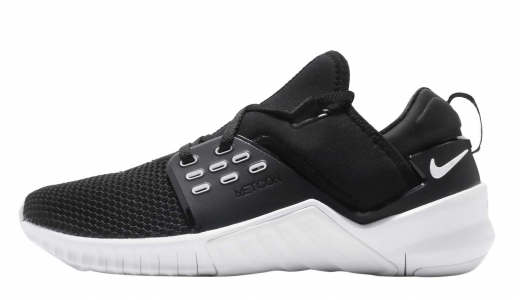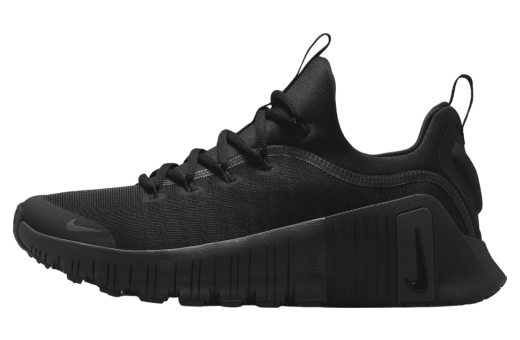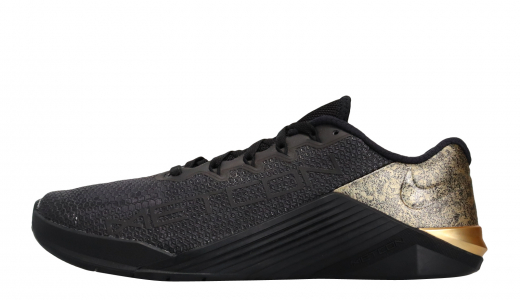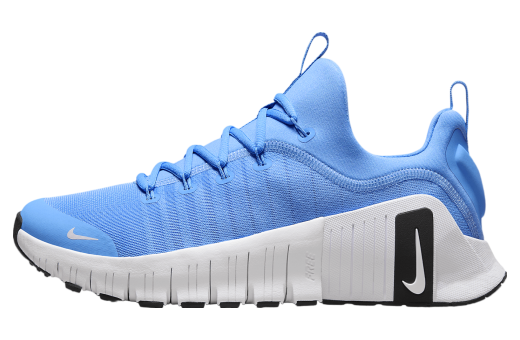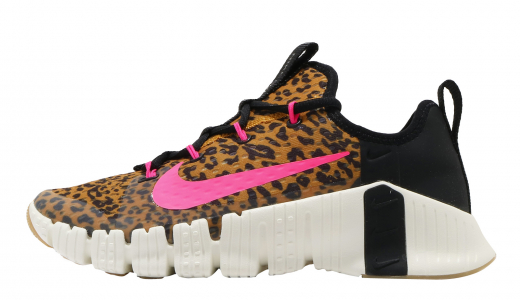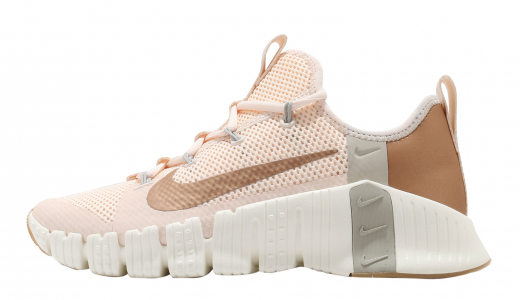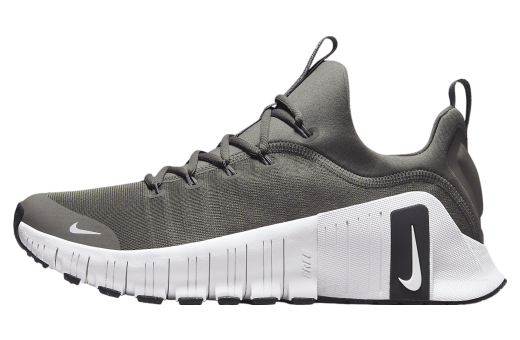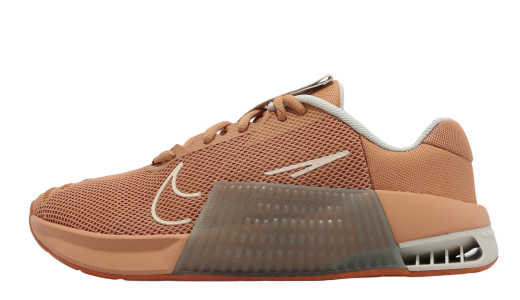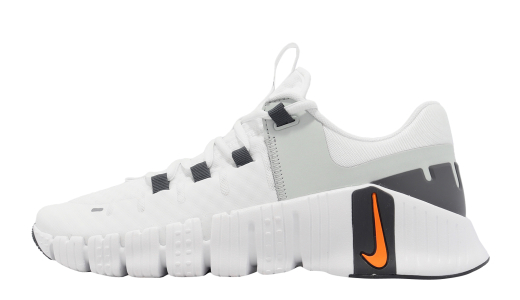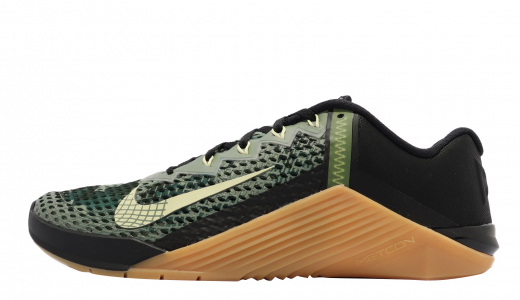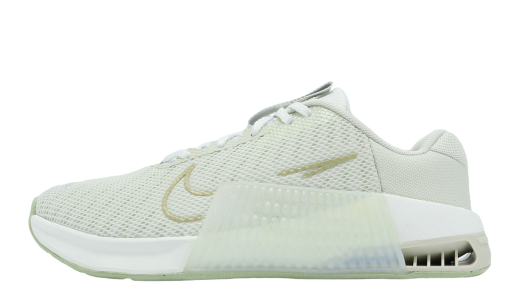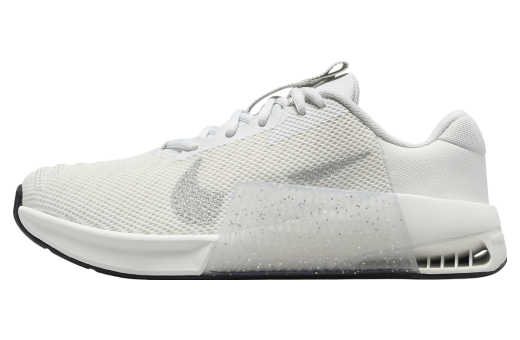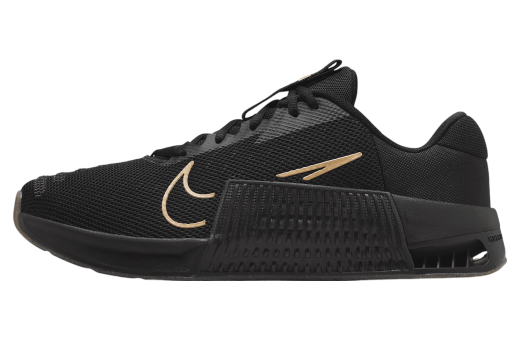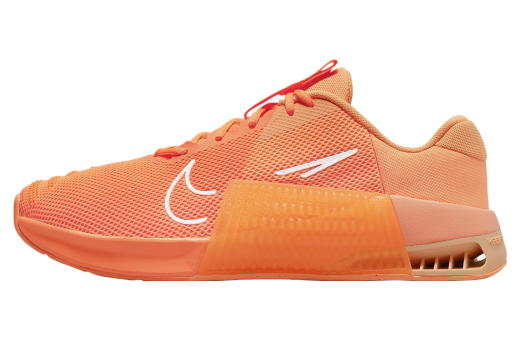Nike Metcon
The Nike Metcon is renowned in the fitness community as a versatile and robust training shoe, designed tailor-made for high-intensity workouts such as CrossFit, weightlifting, and interval training. Its construction is centered around providing stability, flexibility, and durability, ensuring that athletes can transition seamlessly between various exercises. The shoe features a drop-in midsole, adding to its overall stability for heavy lifting while maintaining flexibility in the forefoot to accommodate dynamic movements and quick direction changes. The rubber outsole is grippy and resistant to wear, making it ideal for everything from rope climbs to sprints on varied surfaces.
In addition to its performance attributes, the Nike Metcon line is also celebrated for its innovative design and aesthetic appeal. The shoes often feature eye-catching colorways and customizable options, allowing athletes to express their personal style. Despite their robust framework, the Metcon shoes are engineered to be lightweight, preventing any unnecessary bulk that could hinder performance. With its blend of advanced materials and design elements, the Nike Metcon represents a seamless fusion of form and function, making it a top choice for athletes who demand the utmost from their training footwear.
History of Nike Metcon
The Nike Metcon is not just another shoe; it is an emblem of a cultural shift toward functional fitness in the 21st century. Launched by Nike in 2015, the Metcon series has been a significant player in the cross-training and functional fitness ecosystems. Historically, the rise of Metcon can be traced alongside the evolution of fitness paradigms, the burgeoning popularity of CrossFit, and the technological strides in athletic footwear development.
1. The Genesis of Functional Footwear
Functional fitness, known for its emphasis on varied and high-intensity workouts, began gaining traction in the early 2000s. With the rise of CrossFit, athletes required shoes that could handle a broad spectrum of activities—lifting, running, climbing, and jumping. Traditional running shoes lacked the structural support necessary for weightlifting, while weightlifting shoes were too cumbersome for dynamic movements. There was a noticeable gap in the market for versatile training footwear.
Nike, a giant in the athletic industry, observed this evolving trend. The company had always been at the forefront of innovation in sportswear, from the iconic Air Jordan sneakers to the advancements in running shoe technology. Recognizing the need for a multi-functional training shoe, Nike embarked on developing what would become the Metcon.
2. The Birth of Nike Metcon
In 2015, Nike released the first Metcon, aptly named after "Metabolic Conditioning," a term synonymous with CrossFit-style training. The initial version featured a drop-in midsole, heel clip, and flat outsole, aimed to provide stability and support for lifting weights while offering flexibility and comfort for various cardio activities.
The release of the Nike Metcon coincided with the explosive growth of CrossFit, a workout regimen that had transformed from an underground fitness movement to a global phenomenon. The Metcon was immediately embraced by the CrossFit community and other functional fitness enthusiasts. The shoe’s combination of durability, stability, and flexibility addressed a niche that had been largely overlooked.
3. Evolution through Generations
Since its inception, the Nike Metcon series has seen several iterations, each improving upon its predecessor based on user feedback and technological advancements.
- **Metcon 1** introduced a durable and stable design but had issues with durability under intense wear. The high abrasion and friction during rope climbs, for instance, highlighted areas for improvement.
- **Metcon 2** enhanced durability with reinforced materials, a more robust upper, and additional cushioning in the heel for better comfort during high-impact activities.
- **Metcon 3** saw a significant overhaul with the introduction of a more flexible forefoot, improved traction, and a sleeker design. The shoe's versatility was further enhanced, making it suitable for a broader range of exercises.
- **Metcon 4** continued the trend of incremental improvements with enhanced stability, a better lockdown fit, and a more breathable upper. This version maintained Nike's commitment to versatility and performance.
- **Metcon 5** marked a more substantial redesign. It introduced a Hyperlift insert—a removable heel lift—catering to weightlifters who needed extra heel height for movements like squats. The Metcon 5 also focused on offering more precision in fit and performance tuning to various fitness regimes.
- **Metcon 6** brought in improvements in breathability, with a more perforated upper, while maintaining the performance aspects that had become synonymous with the Metcon name. Upgraded features continued to optimize traction and support.
- **Metcon 7** introduced React foam for enhanced comfort and added support around the midfoot, reflecting ongoing refinements based on user feedback. This version aimed at making the shoe even more versatile for different types of workouts.
Each version of the Metcon catered to the growing and evolving demands of the fitness community. The shoe became more than just footwear; it became an integral part of the workout experience.
4. Technological Innovations
A significant aspect of Metcon's success is due to Nike's relentless pursuit of innovation. Each Metcon variant has pushed the boundaries of what cross-training shoes can achieve. The incorporation of technologies such as Flywire cables for a snug fit, React foam for added cushioning, and Hyperlift inserts for tailored heel height adjustments are notable examples. The use of different rubber compounds for outsole durability and multi-directional traction underscores a keen focus on performance enhancement.
5. Community and Culture Impact
The role of Nike Metcon in shaping the culture of functional fitness cannot be overstated. The shoe is not merely seen as a piece of athletic equipment but as a badge of identity within the CrossFit and larger fitness community. Its presence at the CrossFit Games, regional competitions, and local gyms worldwide is a testament to its impact.
Nike has masterfully cultivated this community connection through strategic sponsorships, collaboration with top-tier athletes, and user-centric product feedback loops. Notable athletes, including Mat Fraser, a multiple-time CrossFit Games champion, have been closely associated with the Metcon line, further embedding the shoe within the elite echelons of the sport.
6. Comparisons and Competitions
While the Nike Metcon was a frontrunner, it wasn’t without competition. Other brands like Reebok, with their own line of CrossFit-specific shoes, posed significant challenges. The Reebok Nano series, in particular, has been a formidable competitor. Each iteration of the Nano series was pitted against the corresponding Metcon model in a bid to capture the functional fitness market. This competition spurred further innovation and improvements, driving both brands to continually up their game and address the detailed needs of their consumers.
7. Expanding Beyond CrossFit
Although initially targeted at CrossFitters, the Nike Metcon’s application spread to other domains of fitness. High-intensity interval training (HIIT), functional training gyms, and even traditional workout regimens have found the Metcon’s versatility appealing. Additionally, its sleek design and modern aesthetic have made it a popular choice for urban athletes who value both performance and style.
8. Nike Metcon and the Future
Looking ahead, the future of the Nike Metcon series seems promising. With the continuous advancements in materials science, biomechanics, and user data analytics, upcoming iterations are expected to be even more finely tuned to the athlete's needs. The integration of smart technologies, such as performance tracking and biofeedback systems, could be on the horizon, making the Metcon a tool that not only enhances performance but also provides insights into athletes’ training regimens.
Nike’s commitment to sustainability is another aspect that may define the future of the Metcon line. As the brand moves towards using more sustainable materials, future Metcon shoes could embody both performance excellence and environmental responsibility.
Conclusion
The history of the Nike Metcon is a narrative interwoven with the threads of innovation, community, and functional fitness evolution. From its inception in 2015 to its current iterations, the Metcon has addressed a unique confluence of needs in the athletic world, standing out as a versatile, durable, and high-performing shoe. In doing so, it has played a pivotal role in how athletes train across various disciplines, solidifying its place in the annals of sports footwear history. The Metcon's journey reflects Nike's broader mission of serving athletes and pushing the boundaries of what is possible, making it a landmark in the ongoing evolution of fitness and training.
